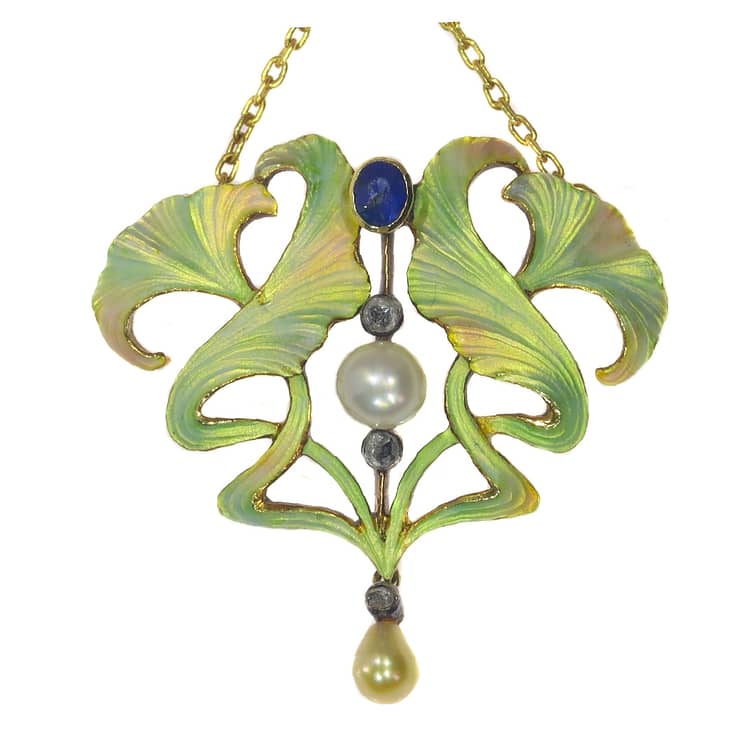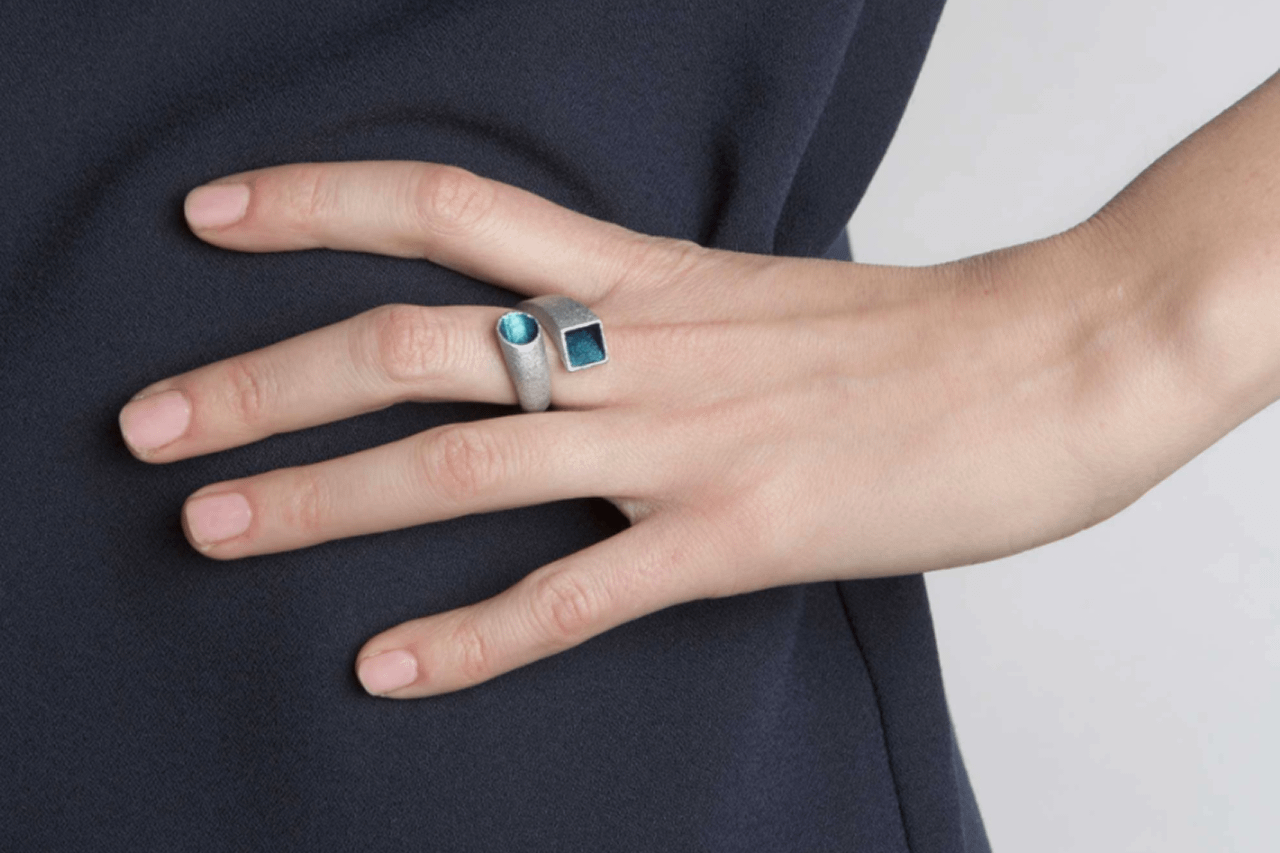Are you curious about how art history influences the design of contemporary jewelry? Do you want to learn more about the impact of art history on modern jewelry design? This article will explain the ways in which art history has impacted the design of contemporary jewelry. From the Renaissance to today, art history has had a profound influence on the design, materials, and craftsmanship of jewelry. We will explore how these influences have shaped modern jewelry design.
1. Art History of Jewelry Design
Art history has had a significant impact on the design of contemporary jewelry. For centuries, jewelry has been a symbol of wealth, status and power. From ancient times to the present day, jewelry has been an expression of art, culture, and fashion.
The history of jewelry design can be traced back to ancient civilizations like Egypt, Greece, and Rome. These cultures used jewelry to signify social status, religious beliefs, and personal adornment. The Renaissance period saw a revival of interest in classical art, which influenced jewelry design with its emphasis on symmetry, proportion, and balance.
The Art Nouveau movement in the late 19th and early 20th centuries was characterized by flowing lines, natural forms, and a focus on the decorative arts. This movement influenced jewelry design with its emphasis on the use of precious and semi-precious stones, enamel, and metalwork.
Contemporary jewelry designers continue to draw inspiration from art history in their designs. Many designers incorporate elements of ancient jewelry, such as intricate metalwork, into modern pieces. Others are inspired by the Art Deco movement with its geometric shapes and bold colours.
To learn more about the history of jewelry design, visit the Victoria and Albert Museum’s jewellery collection online.

2. Influence of Ancient Jewelry on Contemporary Designs
Ancient jewelry has had a significant impact on contemporary jewelry design. The intricate designs and techniques used by ancient jewelers have inspired modern jewelry designers to create unique and timeless pieces. The influence of ancient jewelry can be seen in the use of precious metals, gemstones, and intricate patterns in contemporary designs.
One example of the influence of ancient jewelry is the use of filigree. Filigree is a delicate form of metalwork that involves twisting and curling thin wires to create intricate patterns. This technique was used extensively in ancient Greek and Roman jewelry and is still used today in contemporary designs.
Another example is the use of gemstones. Ancient jewelers used gemstones such as rubies, emeralds, and sapphires to create stunning pieces of jewelry. Today, these same gemstones are used in contemporary designs to add color and sparkle to jewelry.
The influence of ancient jewelry on contemporary designs can also be seen in the use of motifs such as the snake, the scarab, and the lotus flower. These motifs were used extensively in ancient Egyptian jewelry and are still used today in modern designs.
By incorporating ancient techniques and designs into contemporary jewelry, designers are able to create pieces that are both timeless and unique. The influence of ancient jewelry on contemporary designs is a testament to the enduring beauty and craftsmanship of ancient jewelry.

3. Impact of Art on Jewelry Trends
Art has always influenced jewelry design, and the impact of art on jewelry trends is evident throughout history. From ancient Egyptian and Greek jewelry to the Art Nouveau and Art Deco movements, art has inspired jewelry designers for centuries.
One of the most significant ways art has impacted jewelry trends is through the use of motifs and symbols. For example, the use of floral and botanical motifs in jewelry design can be traced back to the Art Nouveau movement. Similarly, the use of geometric shapes and patterns in Art Deco jewelry is still popular today.
Art has also influenced the materials and techniques used in jewelry design. For instance, the use of enamel in jewelry can be traced back to ancient Egyptian and Greek jewelry, while the use of filigree and granulation techniques can be traced back to ancient Etruscan and Roman jewelry.
Contemporary jewelry designers continue to be inspired by art, with many creating wearable works of art that blur the line between jewelry and sculpture.
If you want to learn more about the impact of art on jewelry trends, check out this article from the Victoria and Albert Museum.

4. Role of Craftsmanship in Jewelry Design
The role of craftsmanship in contemporary jewelry design is a key factor in the success of jewelry pieces. The craftsmanship of jewelry design is an art form that requires an immense amount of precision, skill, and attention to detail in order to create beautiful pieces. By blending the traditional techniques of jewelry making with modern design elements, craftsmanship allows jewelry designers to create unique and timeless pieces.
At its core, craftsmanship is about creating something that is both beautiful and functional. It is often the combination of these two elements that makes a piece of jewelry truly unique. Craftsmanship also allows for customization of pieces, allowing for personalized designs that are tailored to individual tastes and preferences.
The craftsmanship of jewelry design is also a reflection of the culture and history of the designer. By taking inspiration from traditional jewelry styles and techniques, designers are able to create pieces that are both modern and timeless. This is especially true for contemporary jewelry designers who incorporate traditional techniques such as hand-tooling and filigree work into their pieces.
Craftsmanship is essential in creating pieces that are both aesthetically pleasing and functional. It is also a reflection of the designer’s artistry and skill, and a testament to their dedication to creating unique and beautiful pieces.
Placeholder for image:
Image Description: A photo of a handcrafted jewelry piece with intricate filigree work and hand-tooling.
5. Use of Natural Materials in Jewelry
The use of natural materials in jewelry has been a part of art history for centuries, with ancient Egyptians using gold and precious stones in their jewelry designs. In modern times, the use of natural materials in jewelry has become increasingly popular due to their unique texture, color, and malleability. Natural materials such as wood, stone, bone, and shell can be used in combination with metals and gemstones to create eye-catching pieces of jewelry.
When using natural materials in jewelry, it is important to consider the characteristics of the material and how it will interact with other elements. For example, wood is a lightweight material that can be easily shaped and carved into intricate designs, while stone is much heavier and more difficult to work with. Similarly, bone and shell have their own unique characteristics that can be incorporated into jewelry designs.
The use of natural materials in jewelry can also be used to create meaningful pieces that are inspired by the natural world. For example, a piece of jewelry made from a bird’s feather could be used to represent freedom, while a piece of jewelry made from a seashell could be used to represent the ocean. Natural materials can also be used to create pieces that are inspired by the wearer’s cultural heritage or personal interests.
When using natural materials in jewelry, it is important to consider the environmental impact of the materials. Many materials, such as coral and ivory, are becoming increasingly rare due to over-harvesting and other environmental issues. Therefore, it is important to ensure that any materials used in jewelry are ethically sourced
6. Cultural Significance of Jewelry Design
Jewelry design is not just about creating beautiful or fashionable pieces, it is also about preserving cultural traditions and expressing identity. Jewelry has been an important part of human cultures for thousands of years, with each society having its own unique styles and meanings attached to it.
For example, in ancient Egypt, jewelry was not only a symbol of wealth and status but also had religious significance. The pharaohs wore jewelry with images of gods and goddesses to show their connection to the divine. In India, jewelry is an important part of wedding ceremonies and is often passed down through generations as a family heirloom.
Contemporary jewelry designers often draw inspiration from these cultural traditions to create modern designs that reflect the past while also being relevant to the present. This is especially important for designers who want to create pieces that are meaningful and authentic.
Furthermore, jewelry can also be used as a form of protest or political statement. For example, during the Black Lives Matter protests, many people wore jewelry with slogans such as “I Can’t Breathe” to show their support for the movement.
Overall, the cultural significance of jewelry design is vast and varied. It is important for designers to understand the history and meaning behind different styles and symbols in order to create authentic and meaningful pieces.

Conclusion
Art history has left an indelible mark on contemporary jewelry design, influencing its aesthetics, materials, and craftsmanship. From ancient civilizations like Egypt, Greece, and Rome to artistic movements like Art Nouveau and Art Deco, the legacy of art is evident in modern jewelry. Ancient techniques, such as filigree, and motifs like snakes or lotus flowers, continue to inspire today’s designers. The craftsmanship in jewelry design, blending traditional techniques with modern elements, is crucial in producing unique pieces.
Natural materials, from wood to gemstones, add texture and color to contemporary designs, while also echoing historical trends. Beyond aesthetics, jewelry holds cultural significance, often reflecting societal values, religious beliefs, or even political statements. In essence, contemporary jewelry design is a harmonious blend of historical art influences and modern innovation, creating pieces that are both timeless and relevant.
